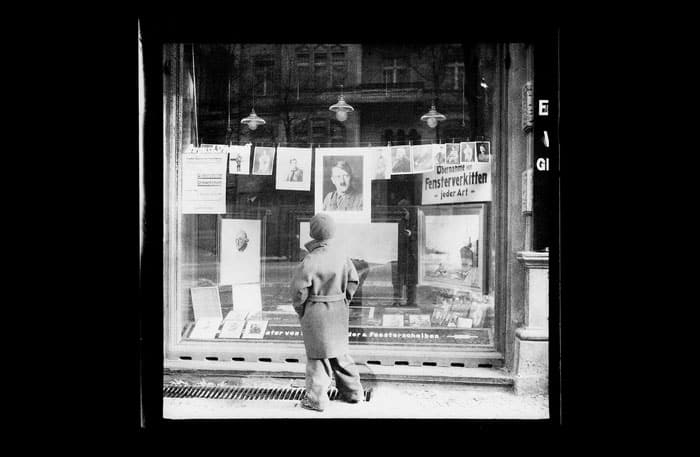
The documentary “Vishniac” brings to light the work and legacy of photographer Roman Vishniac (1897-1990). It will leave audiences wondering what photographic treasures may lie undiscovered in their grandparents’ homes.
The documentary focuses on the value of the Russia-born photographer’s images of the daily lives of Jewish communities in Central and Eastern Europe before the outbreak of World War II. A great deal of the film showcases Vishniac’s photographs of seemingly innocuous moments of everyday life in areas soon to be ravaged by the Nazis. But as director Laura Bialis says in the film, “Those become the icons of the icons, they were really exhibited as a kind of obituary to a world that was on the edge of destruction. It was part of a deep confrontation with loss.”
Directed by Bialis (“Refusenik”) and executive produced by Nancy Spielberg (“Above and Beyond”), “Vishniac” uses a mix of interviews, archival footage, on-location shoots and live-action reenactments of moments from the stills. Bialis doesn’t like referring to the recreated scenes as “reenactments” and she’s right to feel that way. Those scenes add a level of drama and immersiveness to the film’s story. In one of the first of such moments in the documentary, Vishniac’s grandson Ethan talks about how his grandfather as a youth had no interest in going into the family jewelry business in Moscow. It’s followed by a recreated scene of a young boy exploring a lush green forest with his box-style wood and leather camera. The scene then cuts to Vishniac’s original close-up photos of grasshoppers and vegetation.
“Vishniac” is more than just a peek into life in pre-Holocaust Europe. He’s described in the documentary as “a scientist at heart.”
“Vishniac” is more than just a peek into life in pre-Holocaust Europe. He’s described in the documentary as “a scientist at heart.” At his core, Vishniac was captivated by photographing life — be it his fellow humans or single-cell organisms. Viewers learn that he concocted new ways to see living things: photos of microscopic life in petri dishes.
Bialis only learned about Vishniac through a chance encounter with his daughter, Mara Vishniac Kohn, then age 70. They met through a mutual friend in Santa Barbara in 1996, where they both were living at the time. Even as a photographer, Bialis wasn’t familiar with the elder Vishniac’s work. Bialis soon thereafter perused the 1983 book, “A Vanished World” featuring Vishniac’s photographs (and a forward by Elie Wiesel), as well as original photographs of Albert Einstein taken by Vishniac. Kohn was initially reluctant to share the stories about her father due to their complex relationship.
For years, the idea to do a documentary about Vishniac sat dormant in Bialis’ mind. During that time, Vishniac’s work didn’t go unnoticed. The late Tom Tugend reviewed a 2007 exhibition of Vishniac’s work at UCLA for the Journal.
“Scattered throughout are photos of Vishniac’s extended family, taken mostly at party reunions, which resemble, to the unschooled eye at least, the stiff-posed pictures spread across any family album,” Tugend wrote. “The master’s touch is more apparent in a series of remarkable portraits of Vishniac’s friends, among them the Russian pre-Bolshevik leader Alexander Kerensky and the great tenor Joseph Schmidt.”
It would still be almost another seven years before Kohn would agree to collaborate with Bialis on the documentary.
“I remember a moment when I realized, ‘My G-d, I’m going to have to be responsible for the photographs,’” Kohn says in the early moments of the documentary. They were pictures of “people who had been murdered and who should not be forgotten.”
Speaking at a recent panel discussion about the film, producer Spielberg (director Steven’s younger sister) said to Bialis, “It took a while for Mara [Kohn] to trust you, because you had mentioned before that every time you would ask her questions — because her father was a little bit of a controversial figure in that people weren’t sure if he was always telling the exact true story. And she had almost like a script in telling the story, and she was by rote repeating what she told everybody about her father. And at one point she stopped, and she looked at Laura and she said, ‘Oh hell! All the people I’m talking about are dead, anyways, I might as well tell you the truth.”
In the end, Kohn not only shared the story, but narrated much of the documentary. It includes stories of her childhood in Berlin and the family’s escape from Europe during the Holocaust. A particularly memorable moment is where Vishniac took a photo of his daughter in front of Nazi propaganda on the streets of Berlin, so he could slyly document it under the guise of just shooting a photo of his child.
There’s an eerily familiar moment featuring photographs of Jews engaging in agricultural work. “As the world was closing in on them, Vishniac decided to capture the Jewish response to being excluded from German society. Soup kitchens, schools, hospitals that were specifically for the Jewish community, Zionist training camps preparing urban Jews for life in agriculture. Bankers and photographers and journalists getting into dirt and building things to prepare Jews to migration to Palestine.”
It’s a moment that evokes similar scenes of modern-day Jews flocking to Israel to assist with agriculture in the post-Oct. 7 world.
Composer Todd Boekelheide’s score beautifully bridges the early 1900s scenes with contemporary reflection. The cinematography is top notch, and certainly a challenge when mixing present-day interviews, old photographs, and dramatic reenactments. Bialis’ own daughter, Lily Vaknin, portrays the young Kohn in several scenes.
The documentary will have viewers imagining the world going on about them as they go through long-lost photography from a dearly-departed family member.
Spielberg spoke about the importance of introducing the film to universities, saying that they may pare down the documentary to an even shorter version to capture the elusive attention of a younger but vital generation of viewers.
Kohn passed away in 2018, before “Vishniac” was completed. She worked closely with Bialis during the last two-and-a-half years of her life. “We knew she was sick, and she said that she was ready, she really felt like it was her time. But she also told me there’s only one reason that I’m really, really upset and it’s because I wish I could have been here when the movie’s done. I was in the hospital with her a few days before she passed away, and we just tried to make sure we had all the material that we could possibly think of that we were going to need.That was sad.
“But the thing that made me really happy was that when the film was first screened in the first festival that we were in, Mara’s daughter was there with her two daughters … one of them also has a daughter. So it was many generations. And Naomi, who was not supposed to speak, took the microphone from someone and said, ‘I just have to tell you, this is the story that my mom wanted to tell, and she never got to tell it. And you did that for her.’ So it was like an amazing compliment and I was really happy that that’s how she felt.”
For information on upcoming screenings of “Vishniac,” visit: https://vishniacfilm.com/








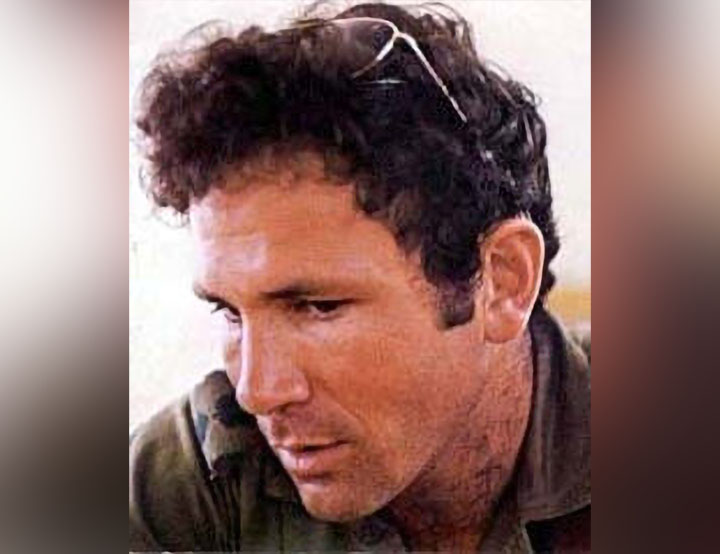
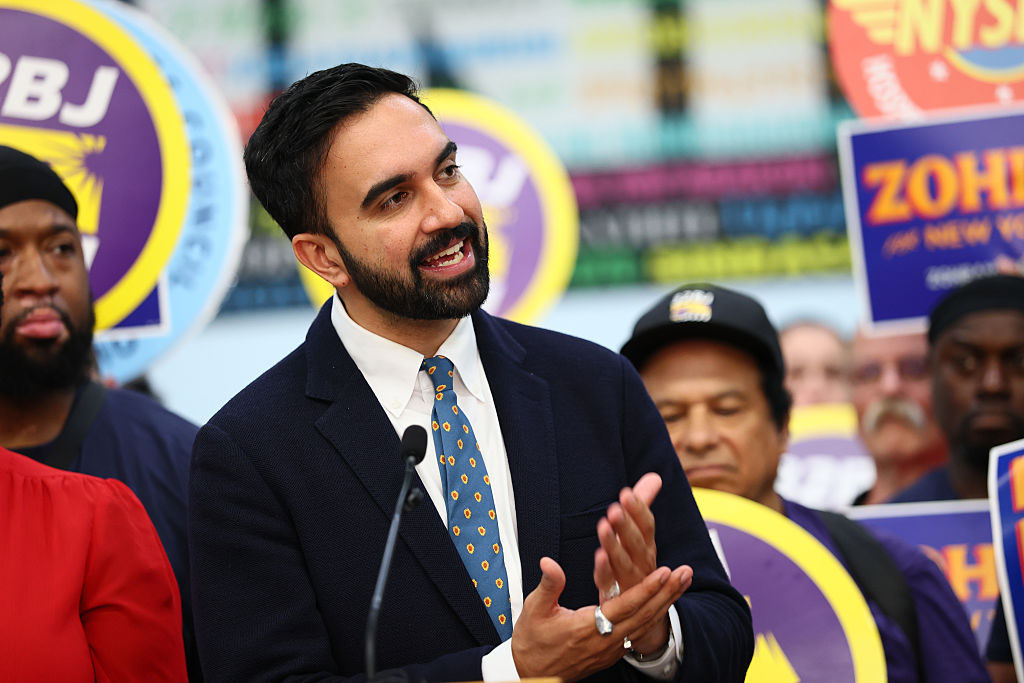
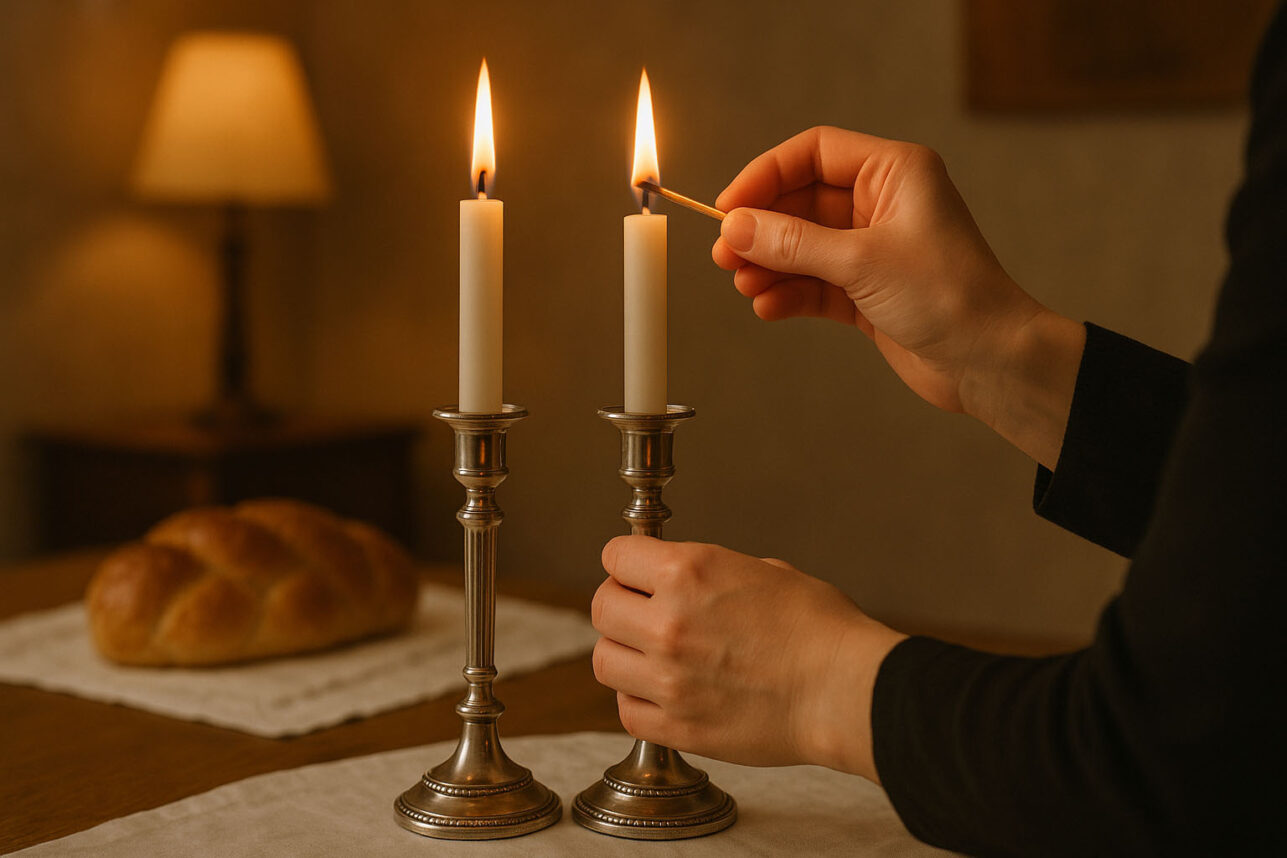
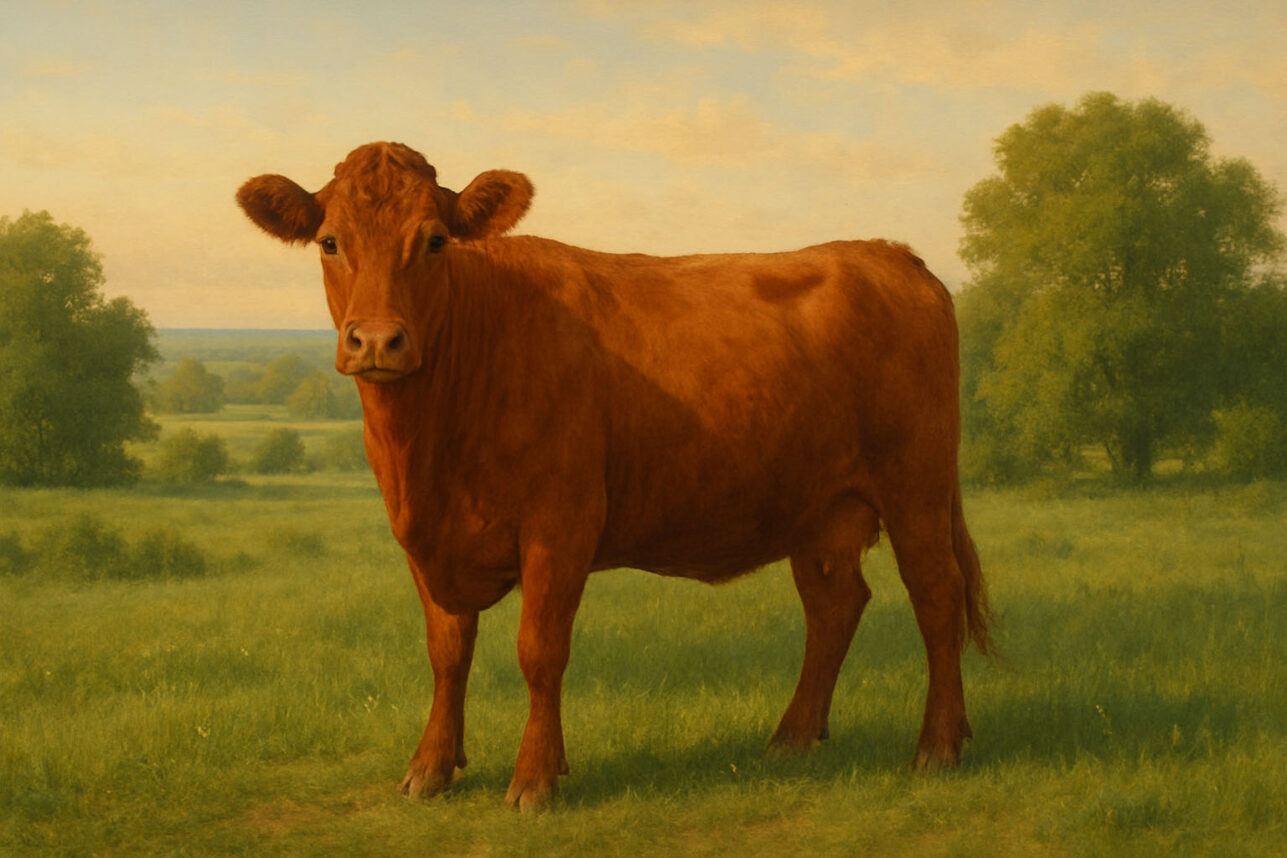

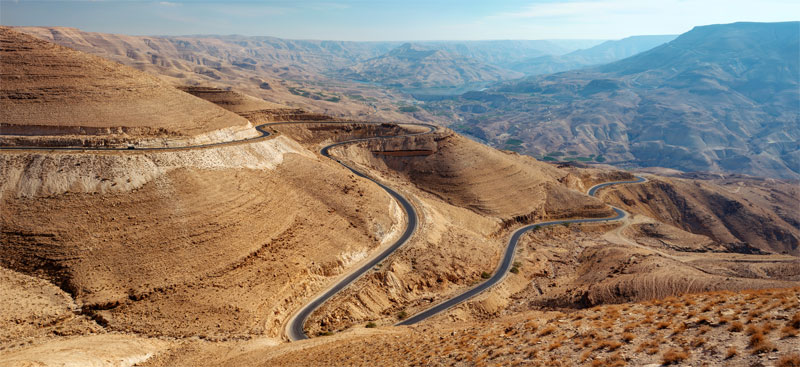



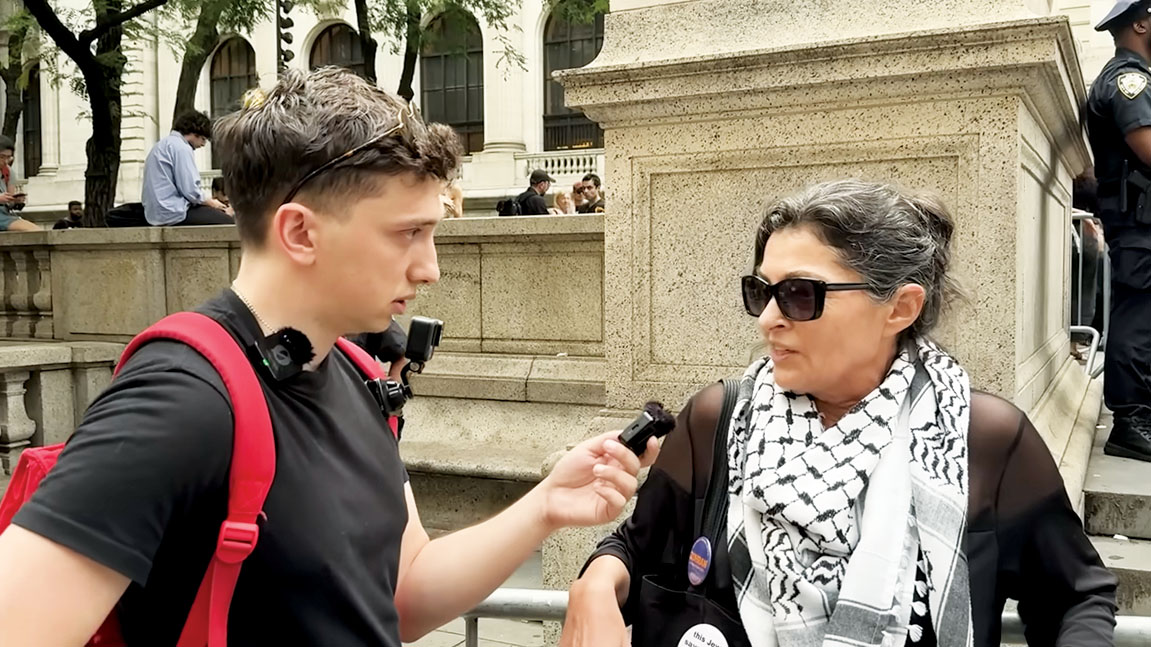
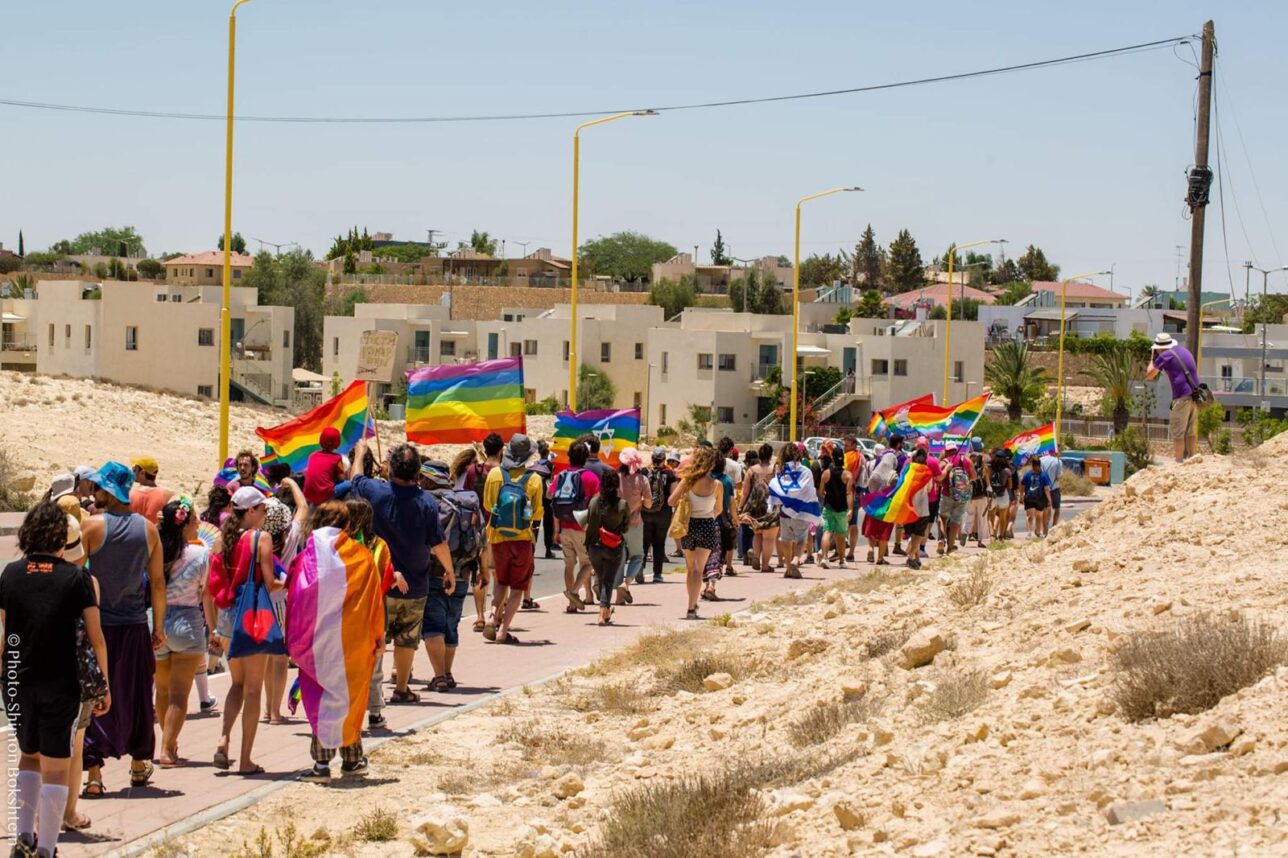

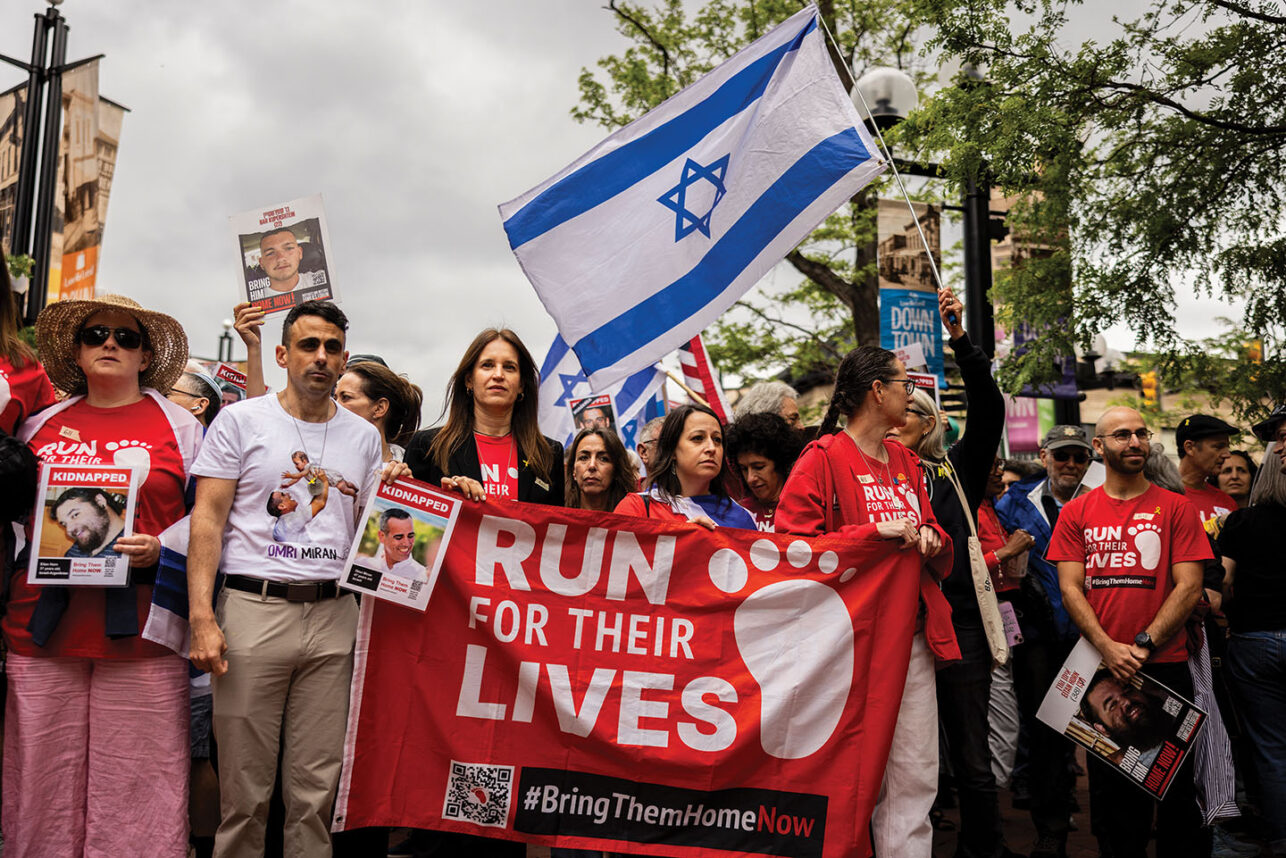

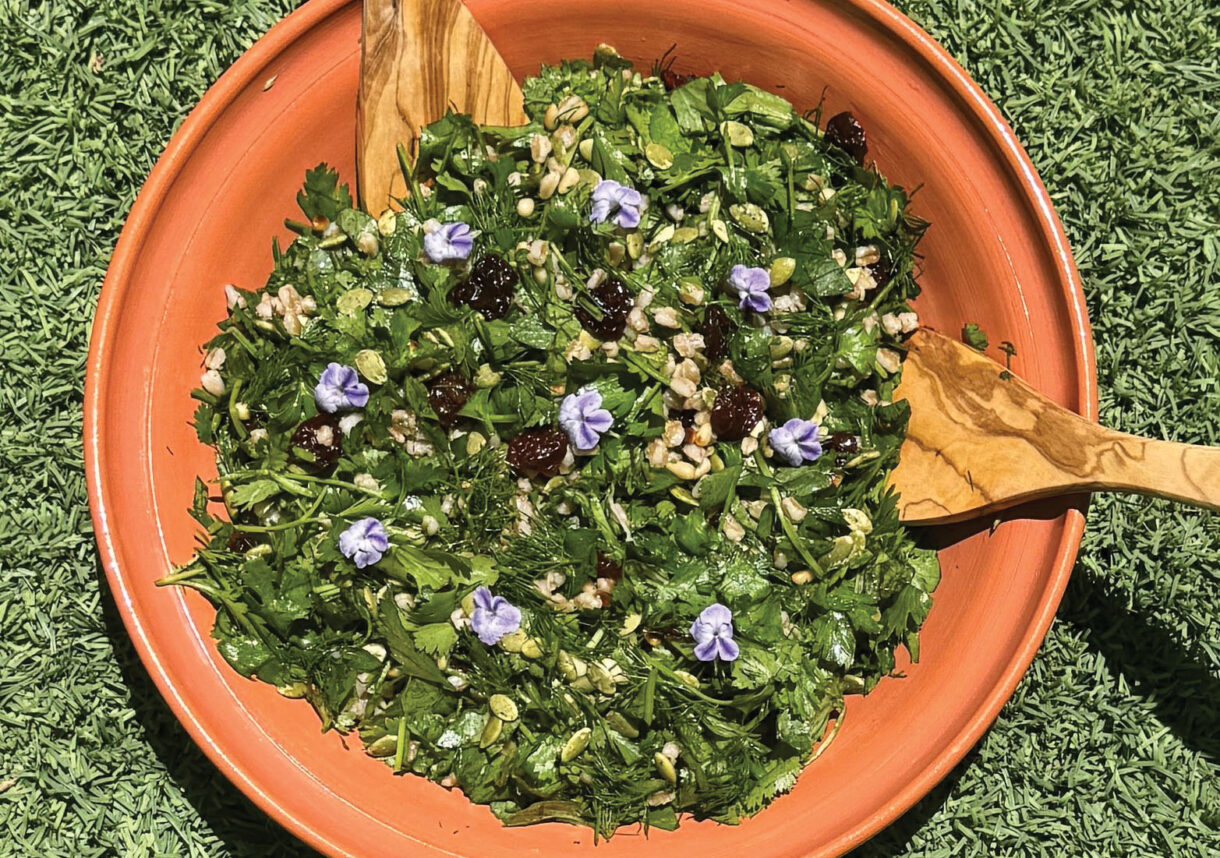
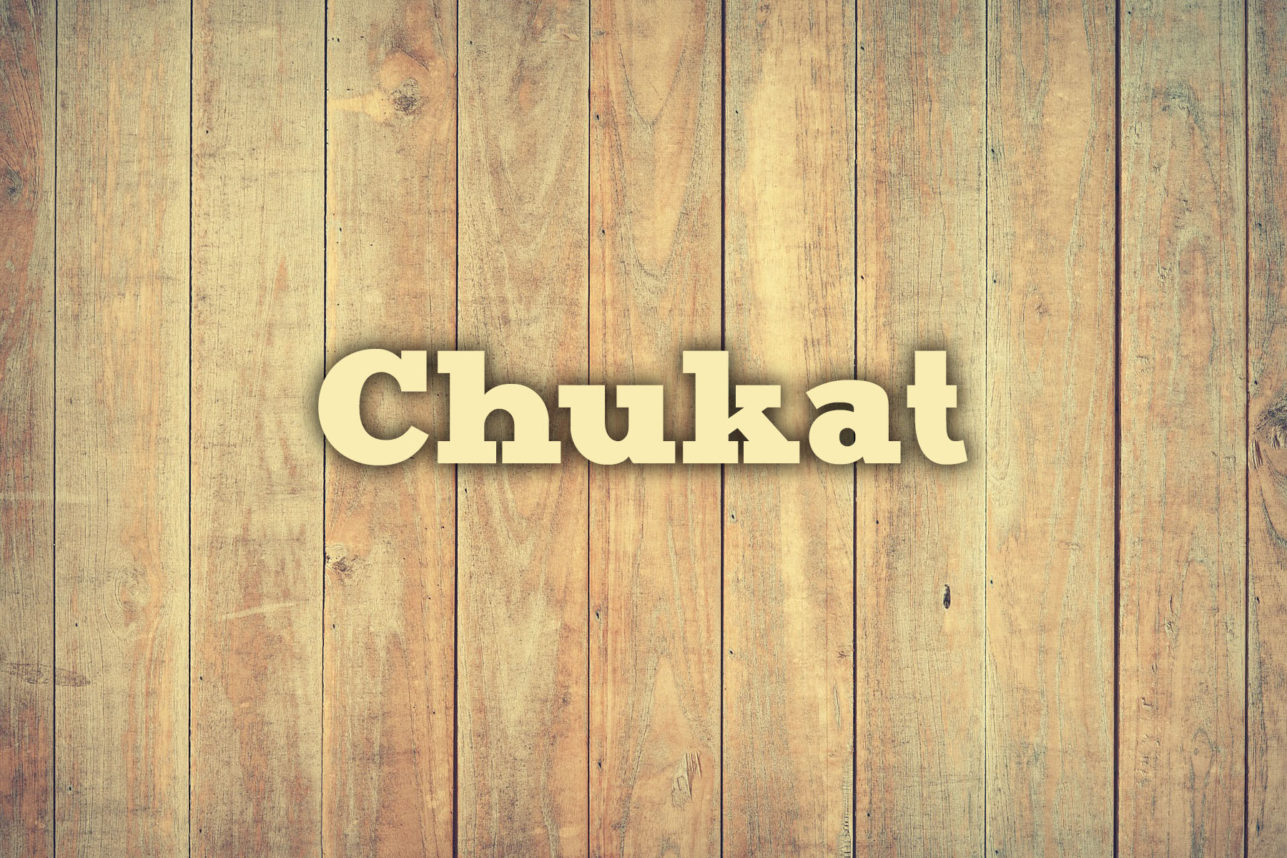
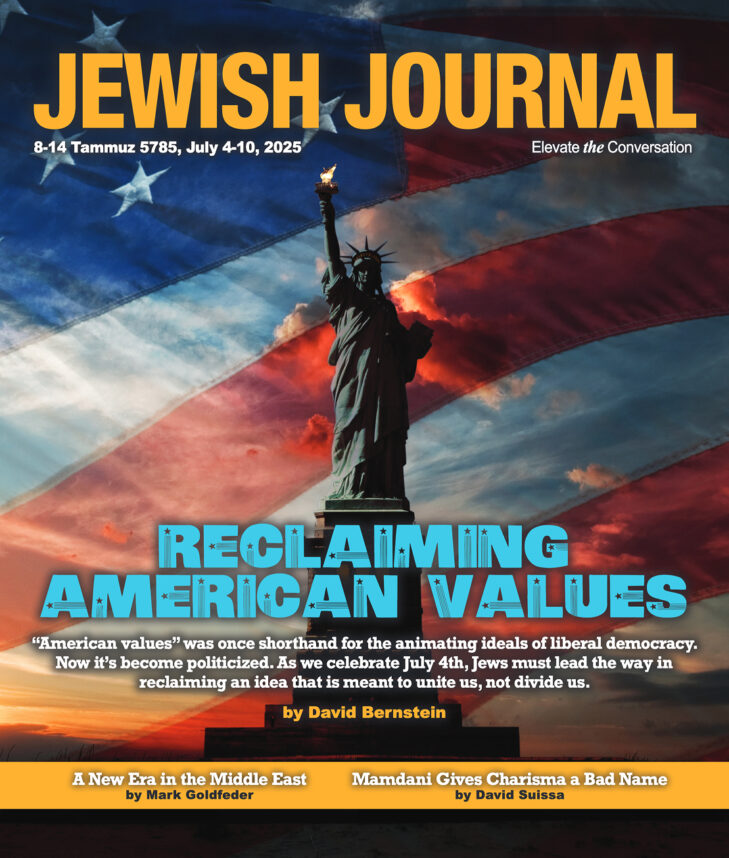
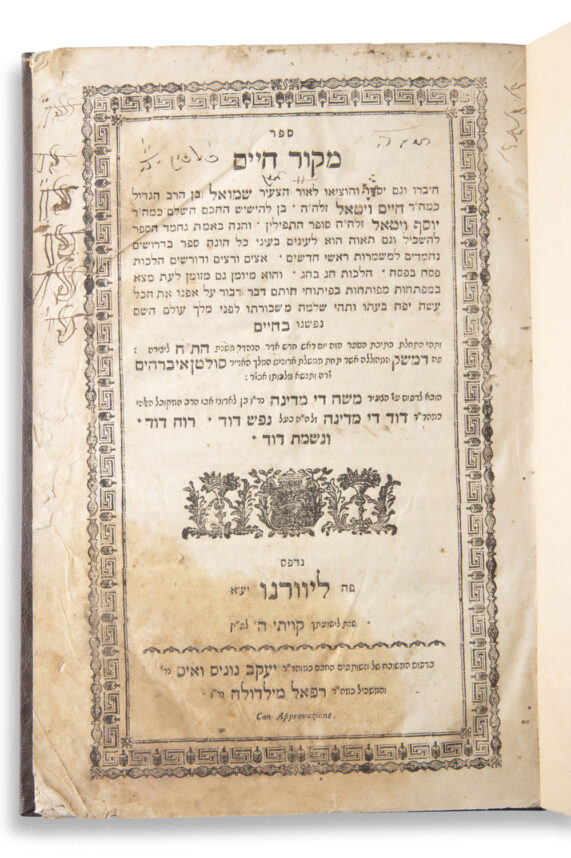

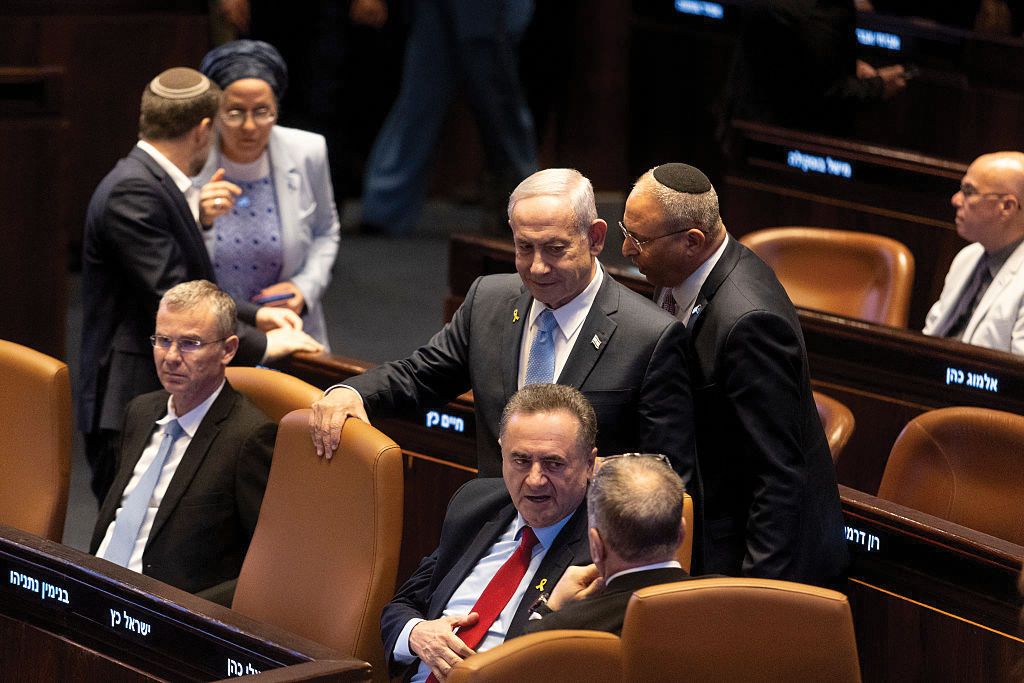
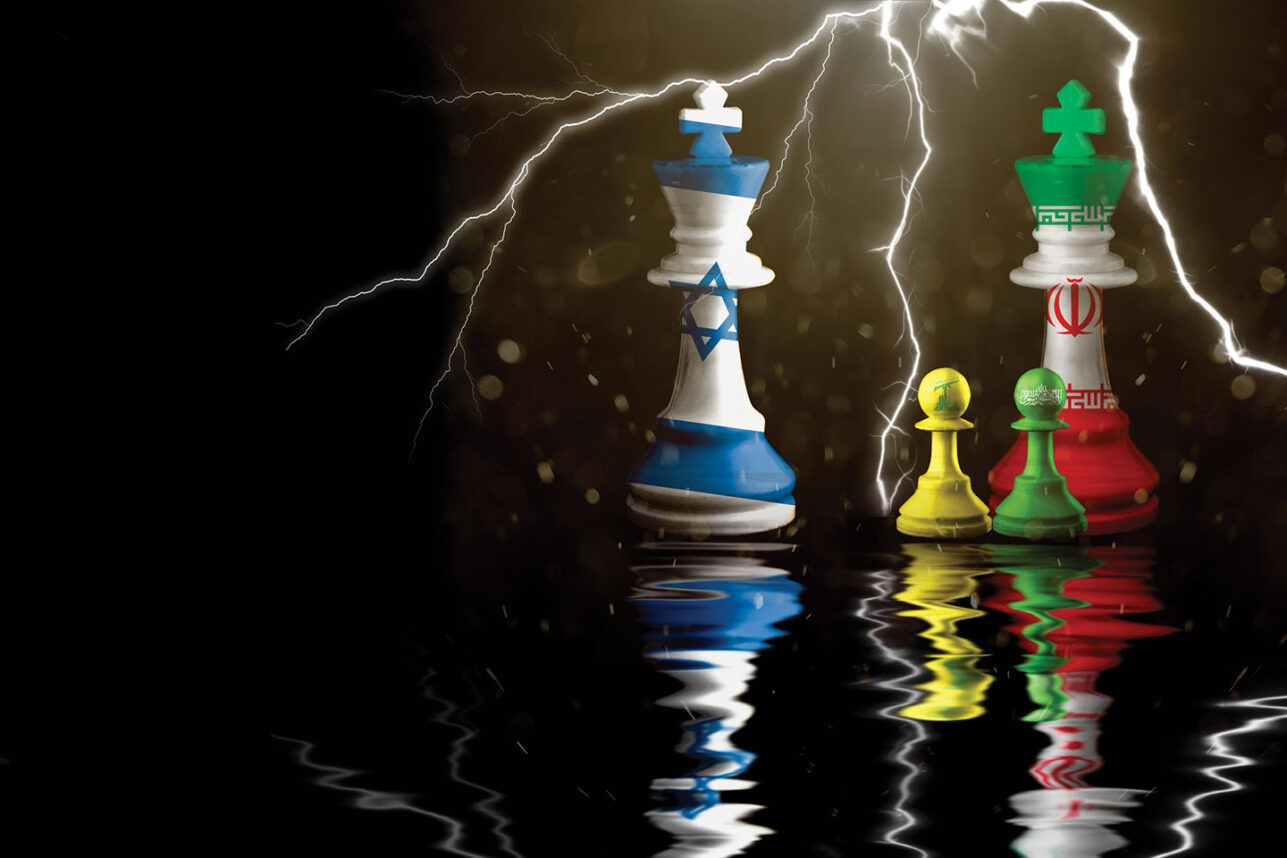

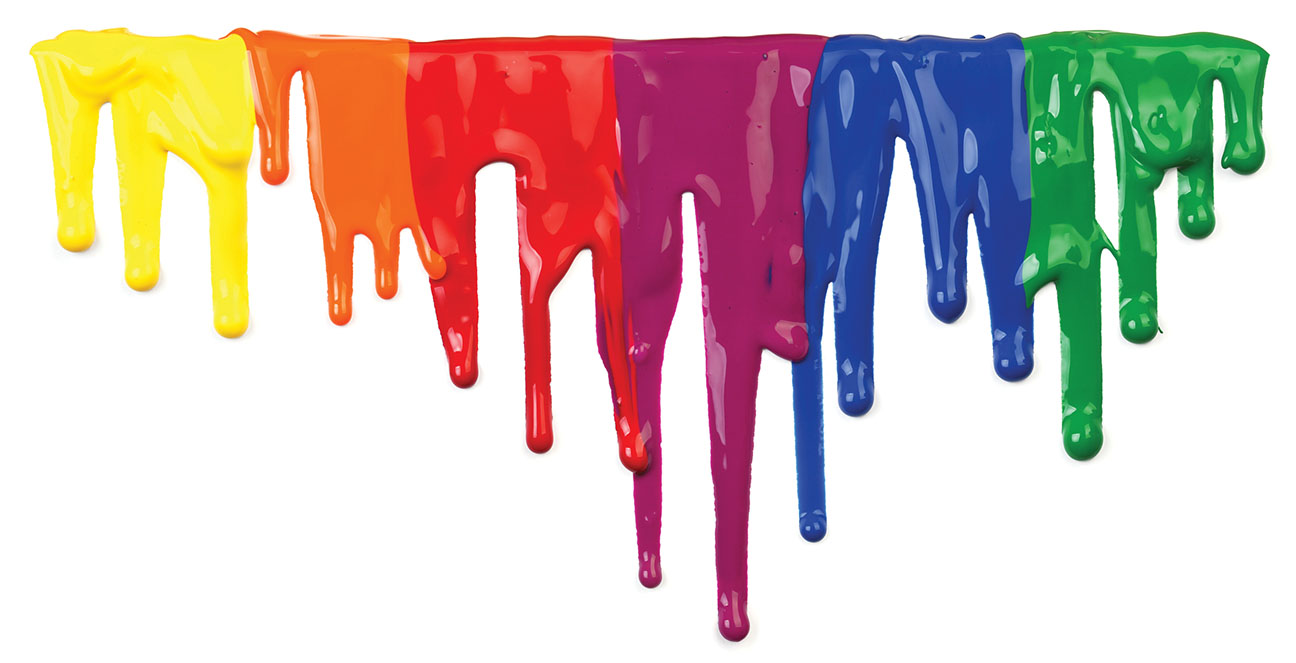
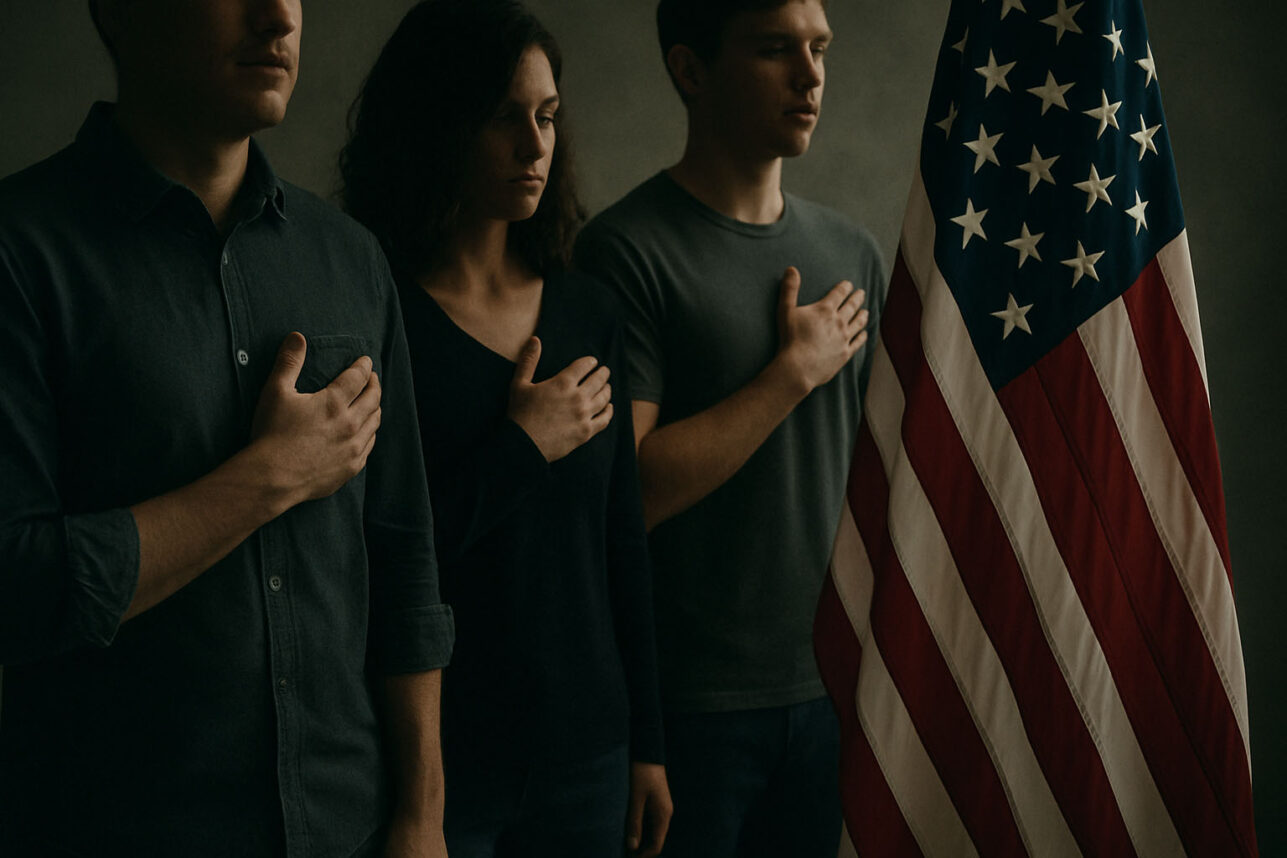
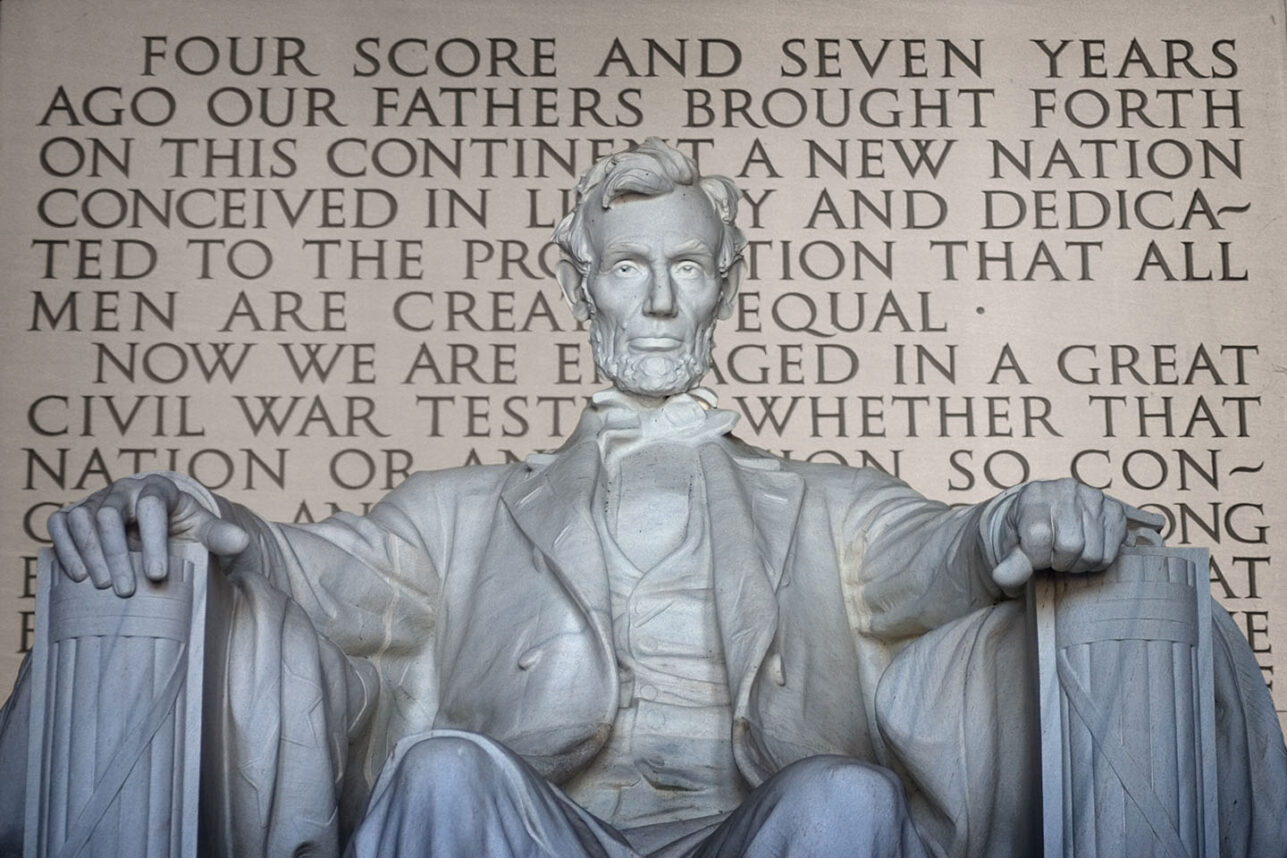

 More news and opinions than at a Shabbat dinner, right in your inbox.
More news and opinions than at a Shabbat dinner, right in your inbox.